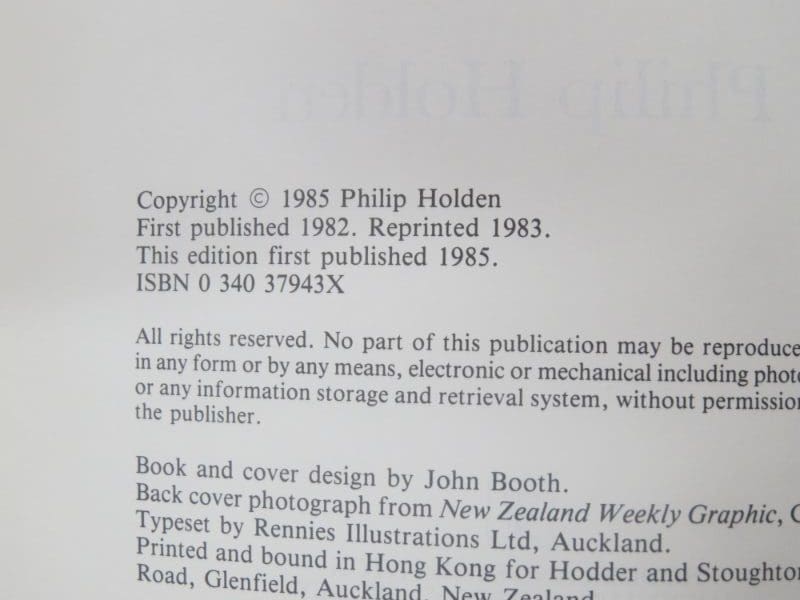

"This army of people, working under Holden and Pick, created what Pick would term 'Medieval Modernism', comparing the extension of the Underground network to the creation of a great cathedral, many hands and years in the making." Leicester Square (1935) © Philip Butler 2022ħ9 stations feature in the book - many of the photos snapped at the height of the pandemic, when the tube faced a record low number of commuters not seen since the second world war, when some of these buildings were not long completed. Says Butler: "This feat was not accomplished by the two men alone but by a host of architects, designers, builders, engineers, artists, tradespeople and bureaucrats. Tube Station Anthology - its photos accompanied by riveting insight from Joshua Abbott - is also keen to celebrate the many others who helped realise these mini utopias in Portland stone, brown brick and glass. It was, says Butler, "a marriage of form and function, civic service and commerce, which is still celebrated today." Cockfosters (1933) © Philip Butler 2022

The early examples are charming in a heritage railway vernacular, but it's those from the 1930s that tick all the right boxes as far as I'm concerned." Arnos Grove (1932) © Philip Butler 2022Ĭharles Holden was not a lone operator though his creative synergy with the art-devouring Frank Pick (the man who created the modern Underground roundel) was an architectural romance for the ages - as evidenced in the details in each of these stations. Says Butler, "Stations from the last 30 years feel efficient, occasionally impressive, but often vacuous and sterile. They're almost as much an emblem of the city as the roundels they flaunt. Clapham South (1926) © Philip Butler 2022įrom the oversized stained glass roundels of Tooting Bec to Park Royal's kooky sci-fi church aesthetic, Charles Holden's stations go above-and-beyond spec, and for the best part of a century, have been an instantly recognisable motif for the tired, lost or weary-footed wanderer. Together with writer Joshua Abbott, Butler has compiled Tube Station Anthology 1924-1961, a coffee table tome that captures in vivid vignettes those pioneering interwar (and beyond) London Underground stations which surprise and delight at every turn.


 0 kommentar(er)
0 kommentar(er)
